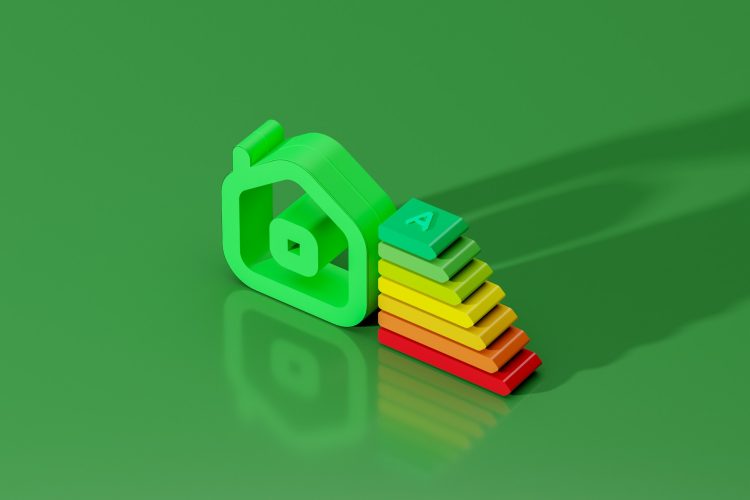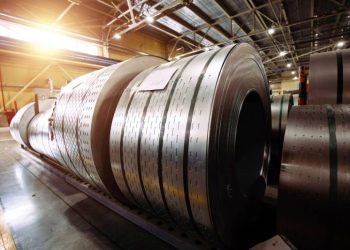Last Updated on:
With rising energy costs and growing concerns about climate change, more homeowners are looking for sustainable ways to heat their homes and reduce their energy bills. One of the most efficient and cost-effective options available is the air source heat pump (ASHP). These innovative systems are becoming increasingly popular due to their ability to provide heating and hot water while significantly lowering energy consumption.
What is an Air Source Heat Pump?
An air source heat pump is a renewable heating system that extracts heat from the outside air and uses it to warm your home and provide hot water. Even in cold temperatures, heat is still in the air, which the heat pump collects and concentrates. This heat is then transferred to the home via a heat exchanger and can be used for space heating (e.g., underfloor heating or radiators) or to heat water.
Air source heat pumps are incredibly efficient because they don’t generate heat by burning fuel like traditional gas boilers. Instead, they transfer heat from the outside air into your home, using a small amount of electricity to power the system. This makes them a much more energy-efficient solution, as they can generate multiple units of heat for every unit of electricity consumed.
High Efficiency and Lower Energy Use
One of the key reasons why air source heat pumps can save you money on energy bills is their high efficiency. Unlike traditional heating systems that rely on fuel combustion, ASHPs work by moving heat rather than creating it, resulting in a far more efficient process. For every 1kWh of electricity used to power an ASHP, it can produce 3-4kWh of heat. This means you’re getting significantly more heat for the same amount of electricity.
In comparison, conventional heating systems like gas boilers typically have efficiencies of around 90%, meaning they waste a portion of the energy generated. With an ASHP, the energy loss is much lower, reducing your heating bills. Over time, this efficiency can lead to significant savings, especially if you currently rely on expensive heating methods such as oil or electric storage heaters.
Reduced Dependency on Fossil Fuels
Another way air source heat pumps can save you money is by reducing your dependency on fossil fuels. Many households still rely on gas—or oil-powered boilers to heat their homes. These systems can be expensive to run, especially with fluctuating fuel prices. As the UK government works to phase out fossil fuel heating systems, switching to an air source heat pump can ensure rising gas prices do not impact you.
Additionally, because ASHPs are powered by electricity, you can use greener energy sources, such as solar or wind power. If you have a renewable energy setup in place, such as solar panels, you can use the electricity generated by your system to run your heat pump, further reducing your energy costs and carbon footprint.
Government Incentives and Grants
Installing an air source heat pump’s financial benefits are not limited to energy savings. The UK government offers various incentives and rebates to make the transition to renewable heating systems more affordable. The Boiler Upgrade Scheme (BUS), launched in 2022, provides financial support to homeowners replacing their old gas or oil boilers with low-carbon heating systems, including air source heat pumps.
Under the BUS, you could receive up to £5,000 towards the cost of installing an air source heat pump. This can significantly reduce the initial outlay for installation, making it more accessible for homeowners to switch to this energy-efficient technology. These financial incentives are part of the UK’s broader efforts to decarbonise homes and reduce carbon emissions, making the upfront cost of an ASHP much more manageable.
Lower Maintenance Costs
Another factor contributing to the savings potential of air-source heat pumps is their low maintenance costs. Unlike traditional boilers, which require regular servicing, checks, and occasional repairs, ASHPs have fewer moving parts and are generally more reliable. While they require an annual service to ensure they are working efficiently, these maintenance costs are typically lower than the ongoing costs of maintaining a gas boiler.
Furthermore, because air source heat pumps are designed to last longer than conventional heating systems, homeowners can enjoy many years of trouble-free operation. This long lifespan can further help to spread the initial installation costs and make the overall investment more cost-effective.
Enhanced Comfort and Efficiency
In addition to reducing your energy bills, air source heat pumps can improve the overall comfort of your home. Because they provide a consistent and even level of heating, they can help maintain a comfortable temperature throughout the year, unlike traditional heating systems that may result in fluctuating indoor temperatures. ASHPs can also be used in conjunction with underfloor heating systems, which are ideal for maximising the efficiency of the heat pump.
By using the ASHP to heat water and your home, you can also enjoy hot water on demand without the need for additional water heating systems. This further simplifies your home’s energy setup and reduces costs.
The Long-Term Savings
While the initial cost of installing an air source heat pump can be higher than that of a conventional heating system, the long-term savings are significant. With an ASHP, you can expect to see a reduction in your energy bills within a few years. Energy efficiency and government incentives contribute to a quicker payback period, and over the system’s lifespan, you can save thousands of pounds compared to traditional heating methods.
It’s important to note that the level of savings you can achieve will depend on several factors, including the size of your property, your current heating system, and the local climate. However, most homeowners report substantial savings on their energy bills after switching to an air source heat pump.
















